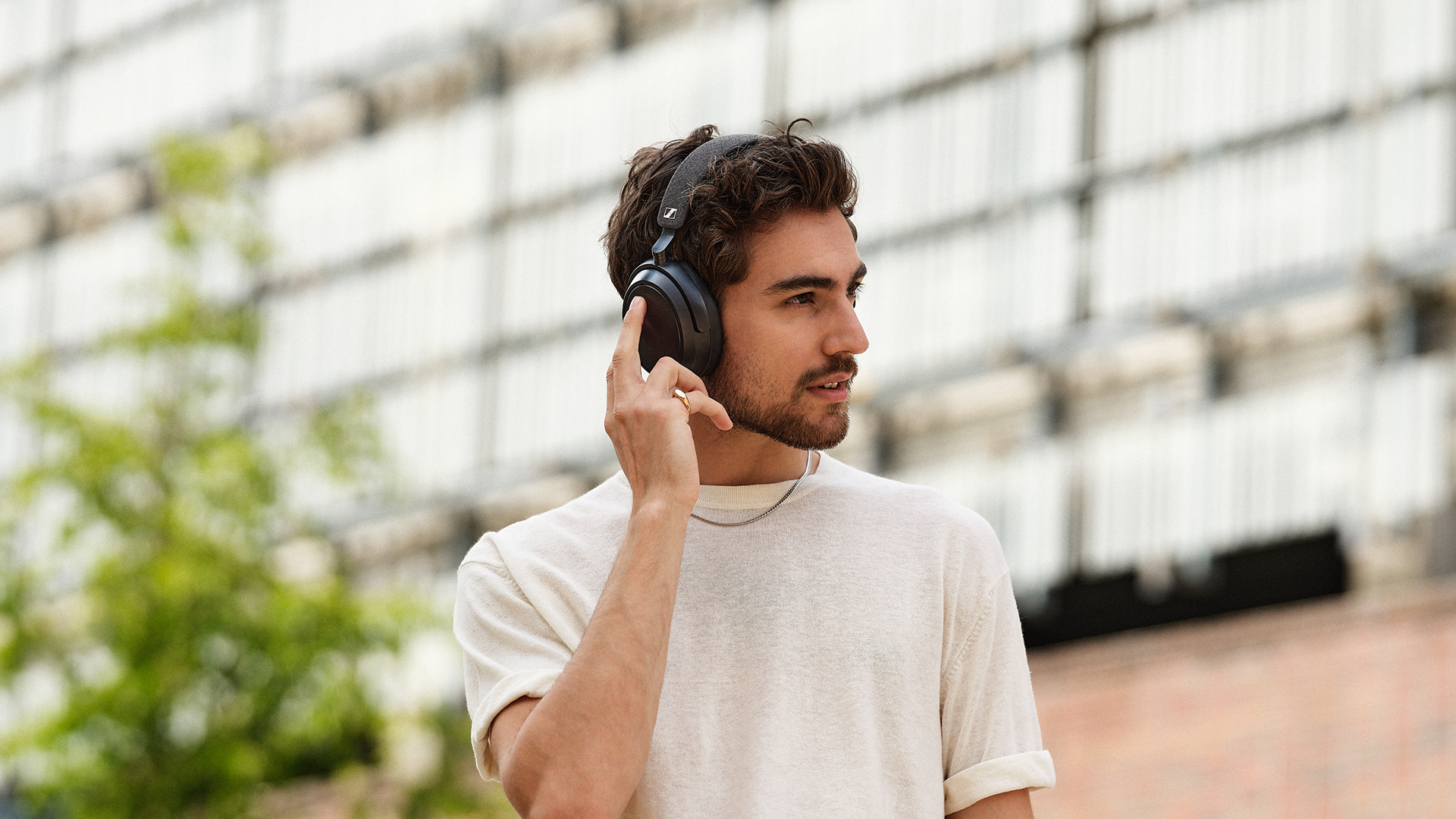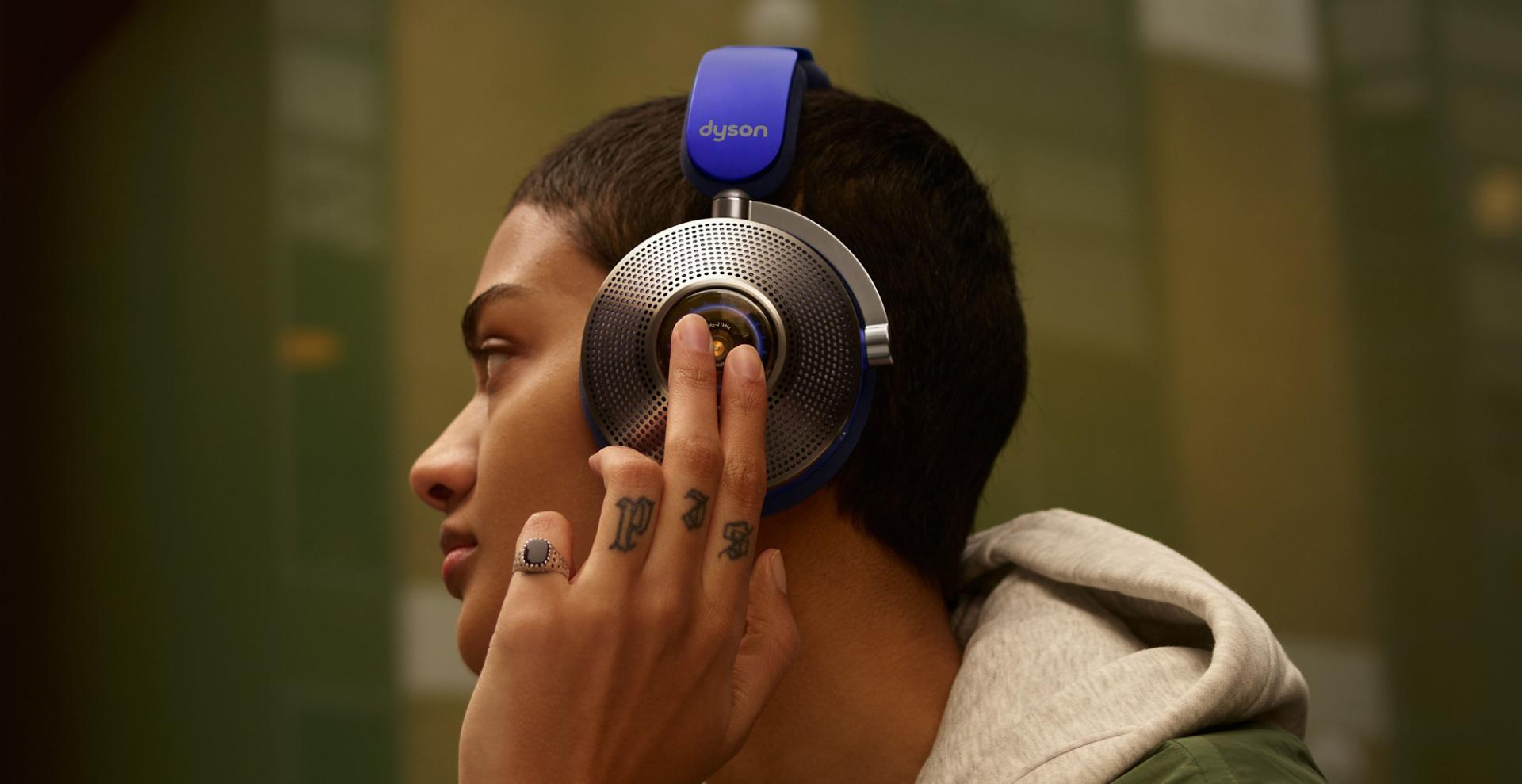Why Do Noise Cancelling Headphones Make Me Dizzy?
For many professional photographers, noise cancelling headphones have become a vital piece of equipment. While they provide the serenity required to focus on creative tasks in bustling environments, some users report feeling dizzy when using them. The question arises: why do noise cancelling headphones make me dizzy? This article delves into the science behind these technologies, how they affect our senses, and common experiences that might lead to discomfort.

Understanding Noise Cancelling Technology
To appreciate the dizziness some experience, one must first understand how noise cancelling technology works. Noise cancelling headphones aim to reduce unwanted ambient sounds through a process called active noise control (ANC). Essentially, they use microphones to pick up external sounds, creating sound waves that are the exact opposite (or anti-phase) to cancel them out. While this technology is remarkably effective for blocking noise, it can also lead to unexpected sensations, including dizziness.
The Connection Between Sound and Balance
In photography, just as capturing the right moment requires an understanding of balance, our inner earpart of the vestibular systemplays a significant role in maintaining our physical balance. This system helps our brain interpret signals from the external world, particularly sound. When noise cancelling headphones alter incoming sound waves, they can disrupt these signals, causing a discrepancy between what we hear and what we expect to hear. As a result, some users might feel disoriented or dizzy when wearing these headphones for extended periods.

Potential Causes of Dizziness
There are several reasons why you might experience dizziness while using noise cancelling headphones, especially as a professional photographer who often relies on sound cues in dynamic environments. Here are some possible causes:
1. Frequency Response and Pressure Sensation
Our ears are incredibly sensitive to sound frequencies. Some noise cancelling headphones may inadvertently amplify certain frequencies or dampen others due to their design. This alteration can create an uncomfortable sensation akin to pressure in the ears, similar to being in an airplane during turbulence. For photographers who already need to be alert, any additional pressure can lead to discomfort.
2. Disruption of Spatial Awareness
Noise cancelling headphones can alter spatial awareness. For photographers, precise positioning and situational awareness are crucial. These headphones might obscure directional sound cues, making it challenging to accurately gauge ones location or the distances between subjects in a scene. This effect can distort perception, culminating in feelings of dizziness.
3. Extended Usage and Fatigue
Like any equipment, noise cancelling headphones require adjustment. Wearing them for long hours without breaks may also lead to headphone fatigue. The brain can become overloaded by the constant sound modification, culminating in mental fatigue that might manifest as dizziness.

What Professional Photographers Should Consider
Given the complexities involved, its important for professional photographers to consider how they use noise cancelling headphones. Here are a few tips to alleviate discomfort:
1. Gradual Adjustment
If you are new to noise cancelling technology, consider easing into the experience. Start using the headphones in quiet environments before moving to louder settings. This gradual acclimatization can help your brain adjust to the shifting auditory landscape.
2. Monitor Volume and Usage Time
Be attentive to the volume when using these headphones. High volumes can exacerbate dizziness. Additionally, take breaks every hour to allow your brain to reset. This is particularly essential in a profession where focus is paramount.
3. Choose Quality Headphones
All noise cancelling headphones are not created equal. Investing in high-quality options often leads to better sound profile and minimizes discomfort. Evaluate features such as adaptive sound control, which adjusts to the level of noise in the environment, to provide a more natural listening experience.

Scientific Perspectives and Further Research
Studies indicate that the effects of noise cancelling technology are still being explored. The interplay between auditory processing and balance is a developing field made even more complex by individual experiences. For photographers who rely heavily on auditory input, staying informed about new findings can help mitigate the side effects of using such technology. You can refer to this research for additional insights.
Your Experience is Unique
While numerous factors may contribute to feelings of dizziness when using noise cancelling headphones, its vital to remember that your experience is valid. Each persons auditory system is unique, and what works for one photographer may not work for another. Therefore, dont hesitate to experiment and track how your body responds to different conditions.
FAQs
1. Can I use noise cancelling headphones while shooting?
Yes, but practice caution depending on your familiarity with the environment. If silence is crucial for creative focus, try them out in controlled settings first.
2. Is dizziness always related to the headphones?
Not necessarily. Other factors, such as dehydration, fatigue, or inner ear issues, can also cause dizziness.
3. Are there alternatives to noise cancelling headphones?
Yes, consider using regular headphones or earplugs that provide passive noise isolation without altering sound waves.
As an Amazon Associate, I earn from qualifying purchases.

